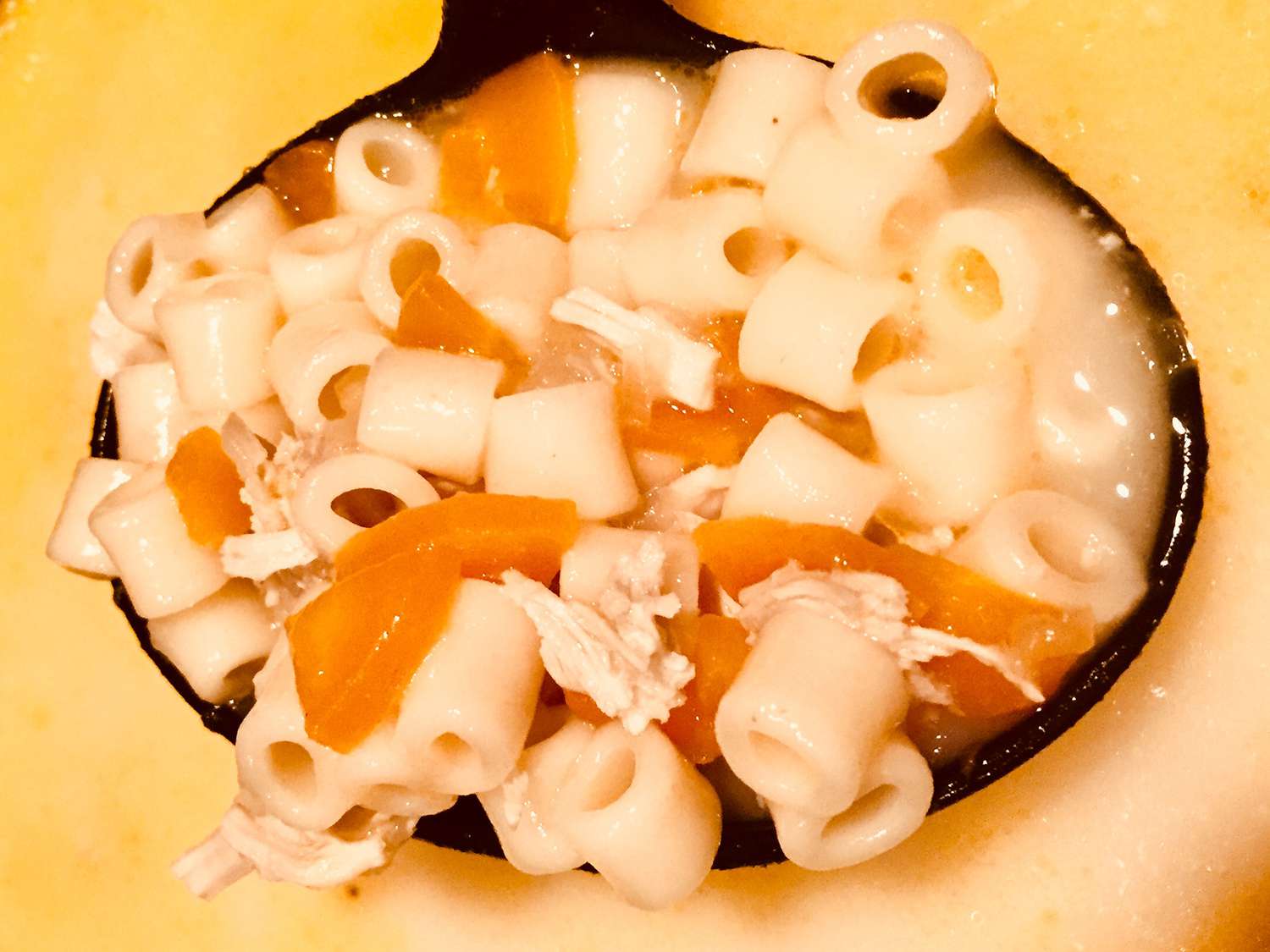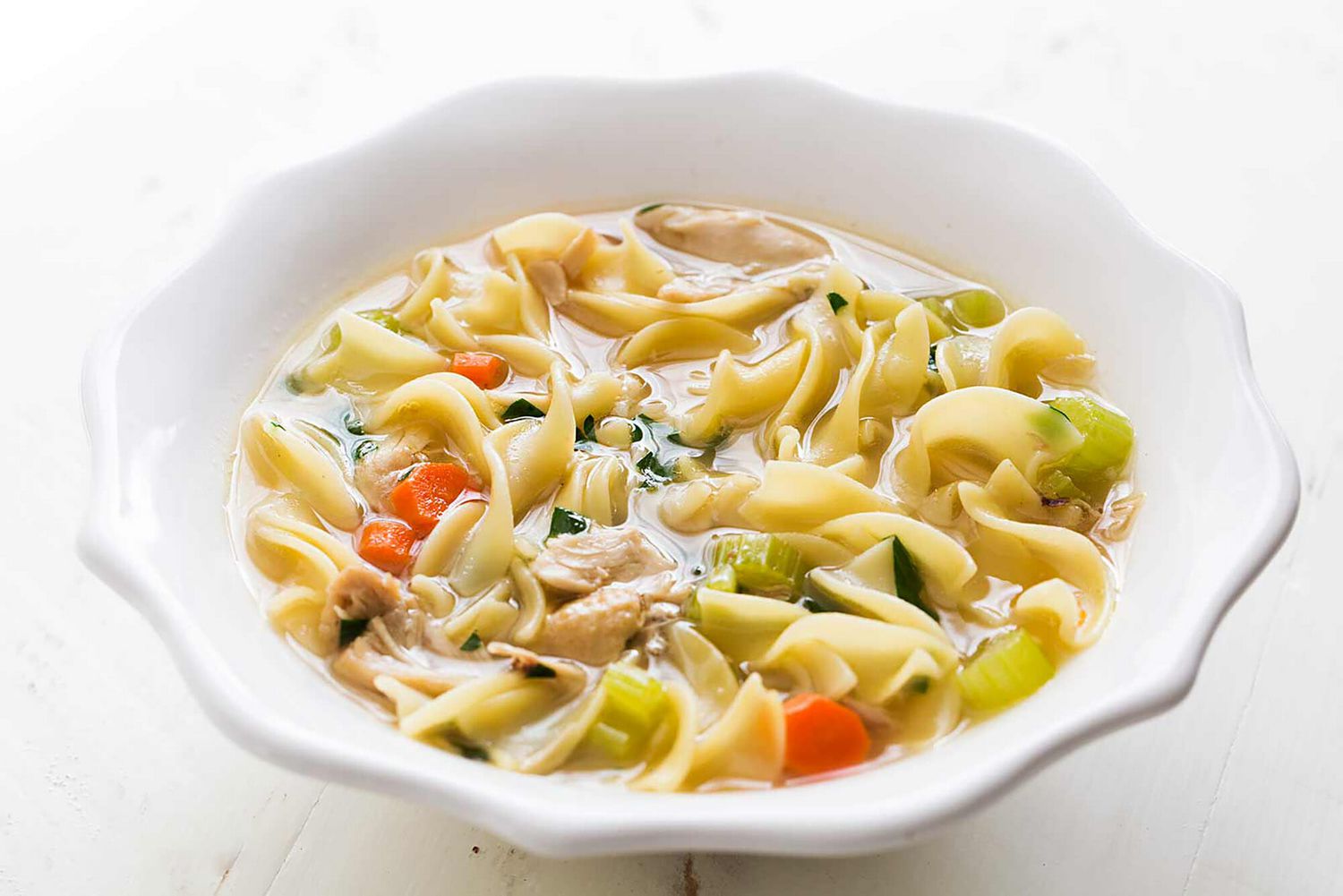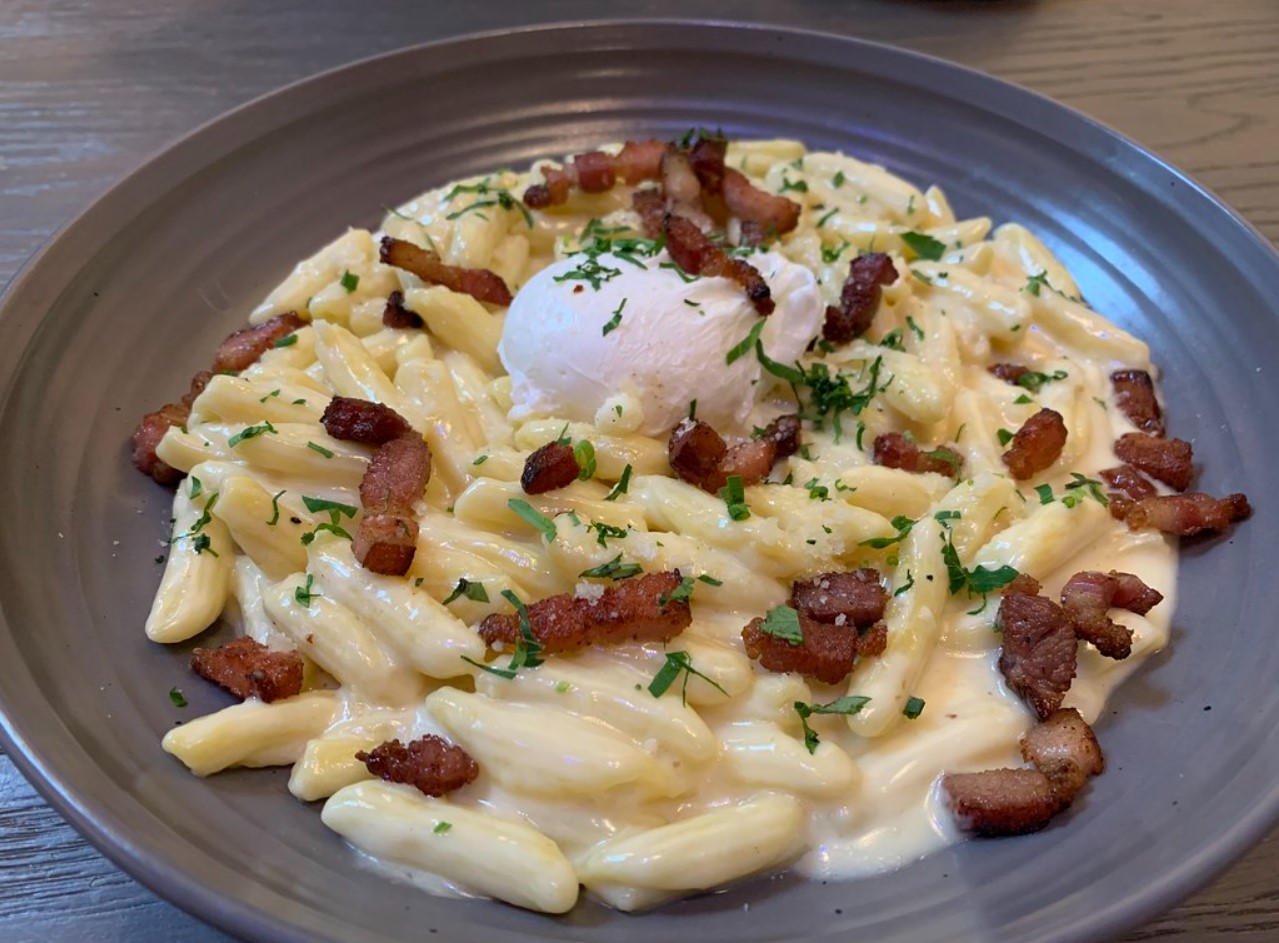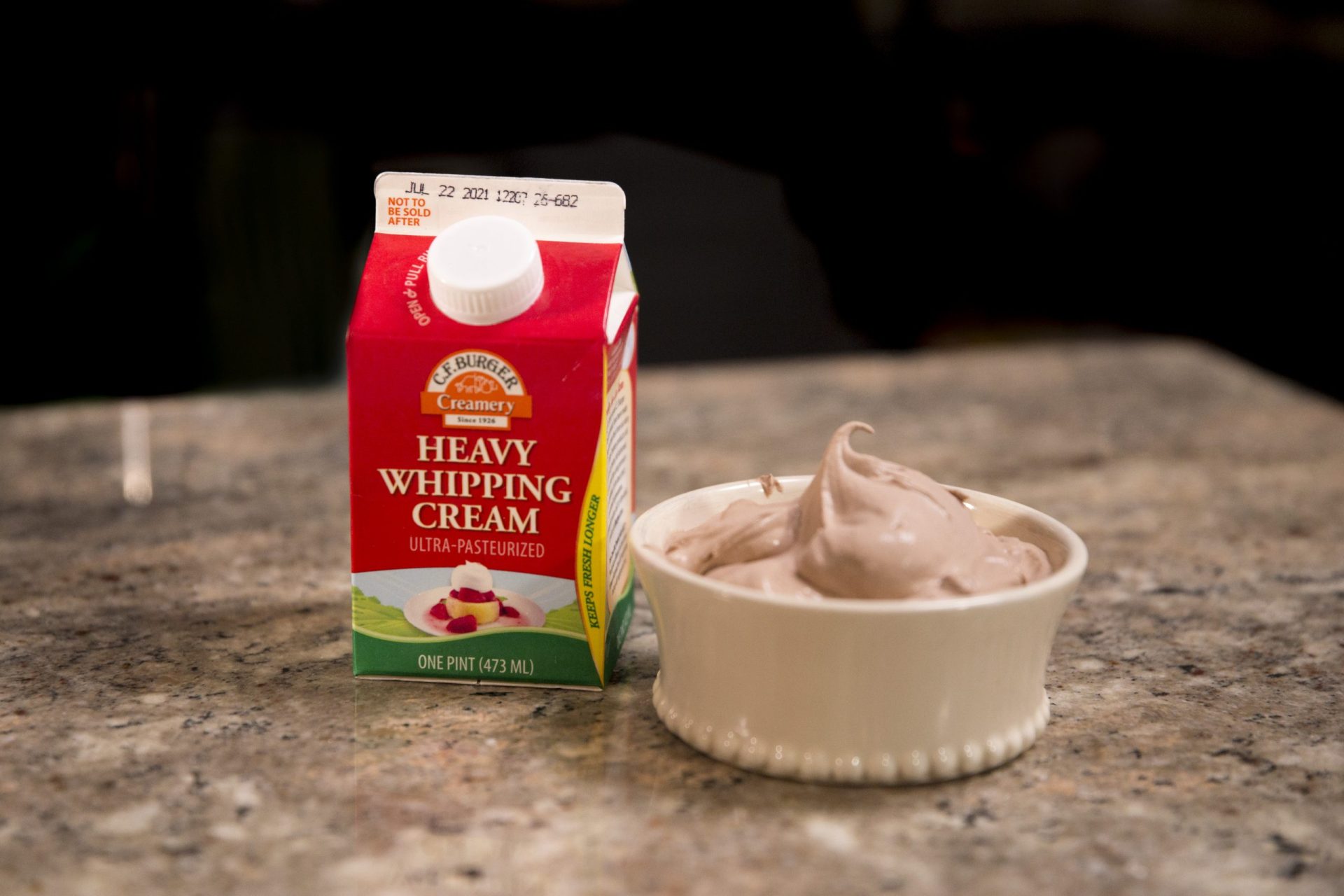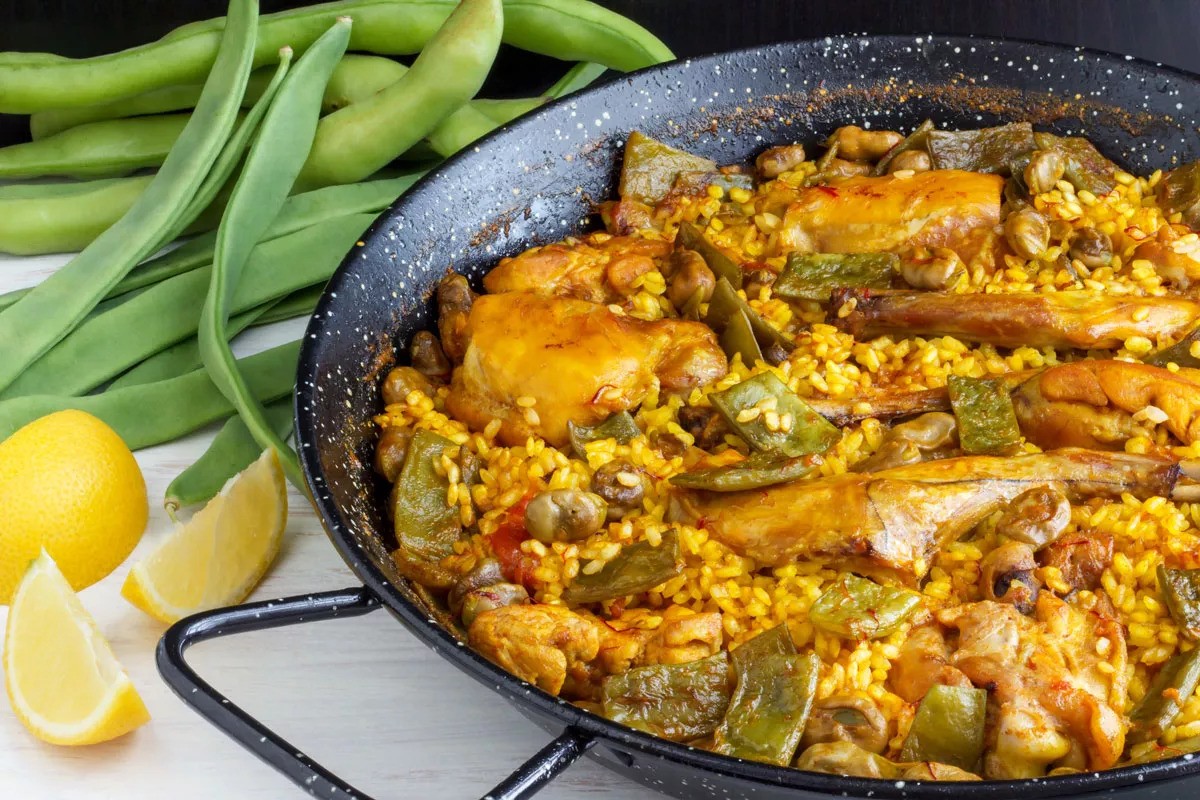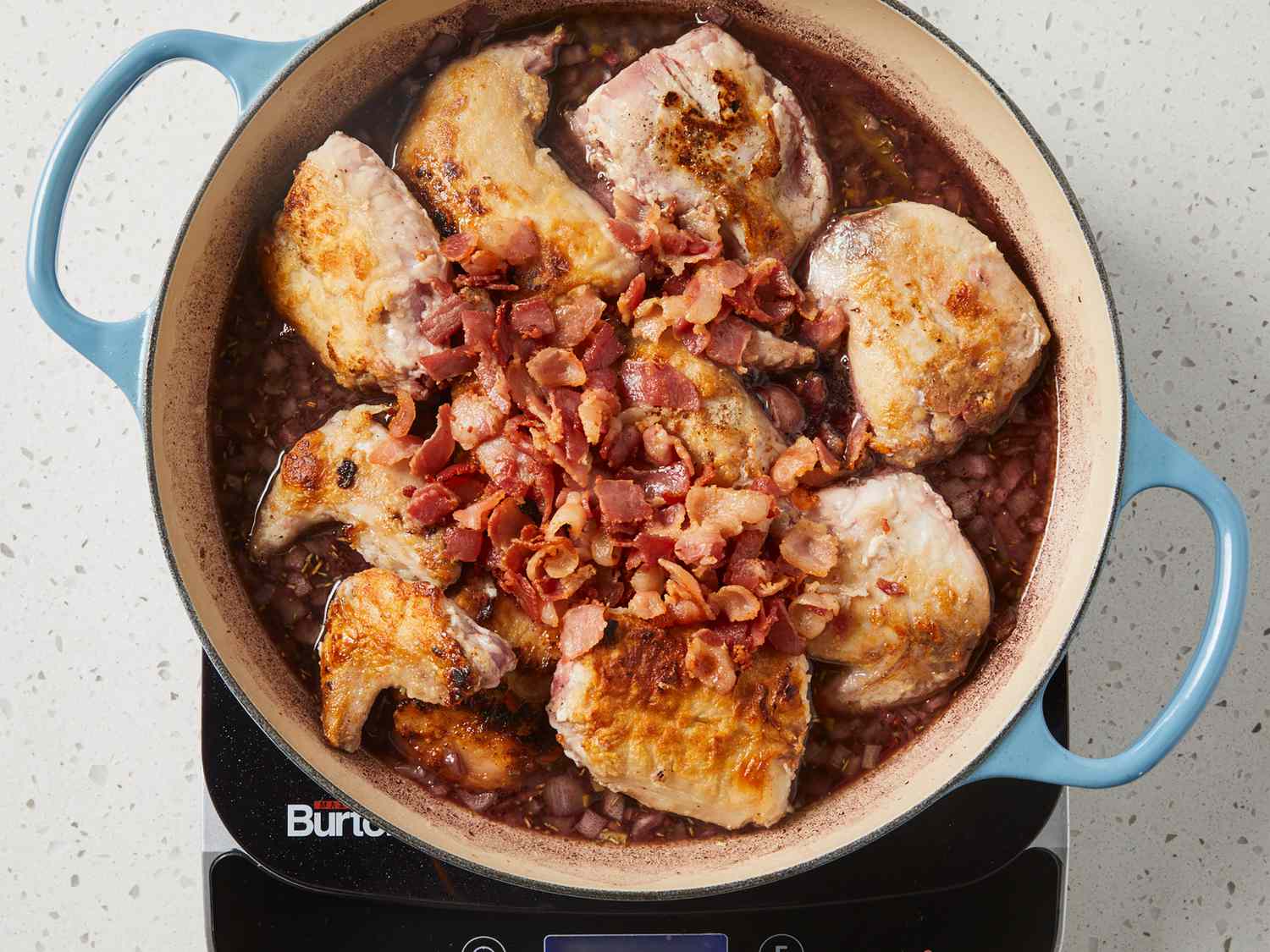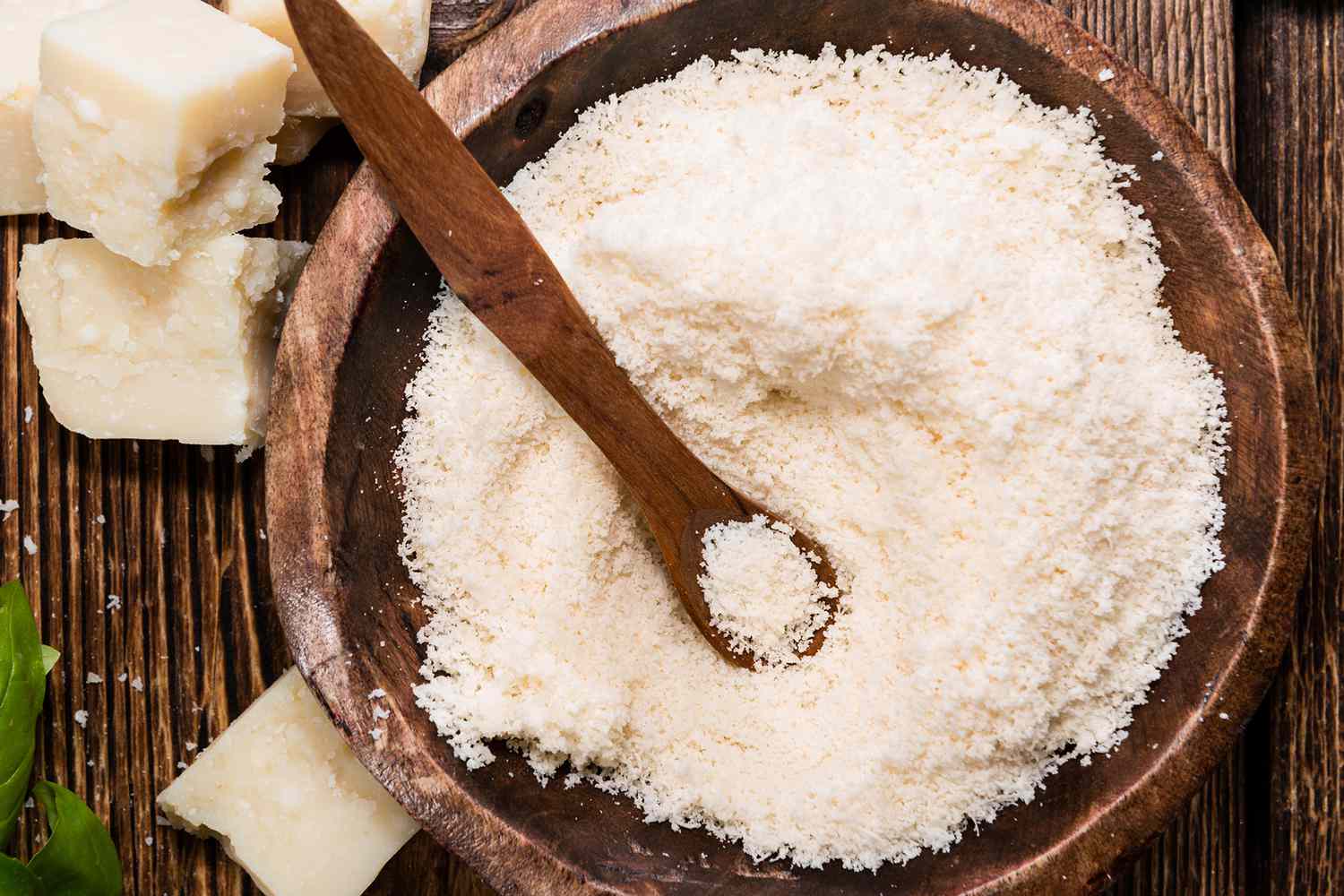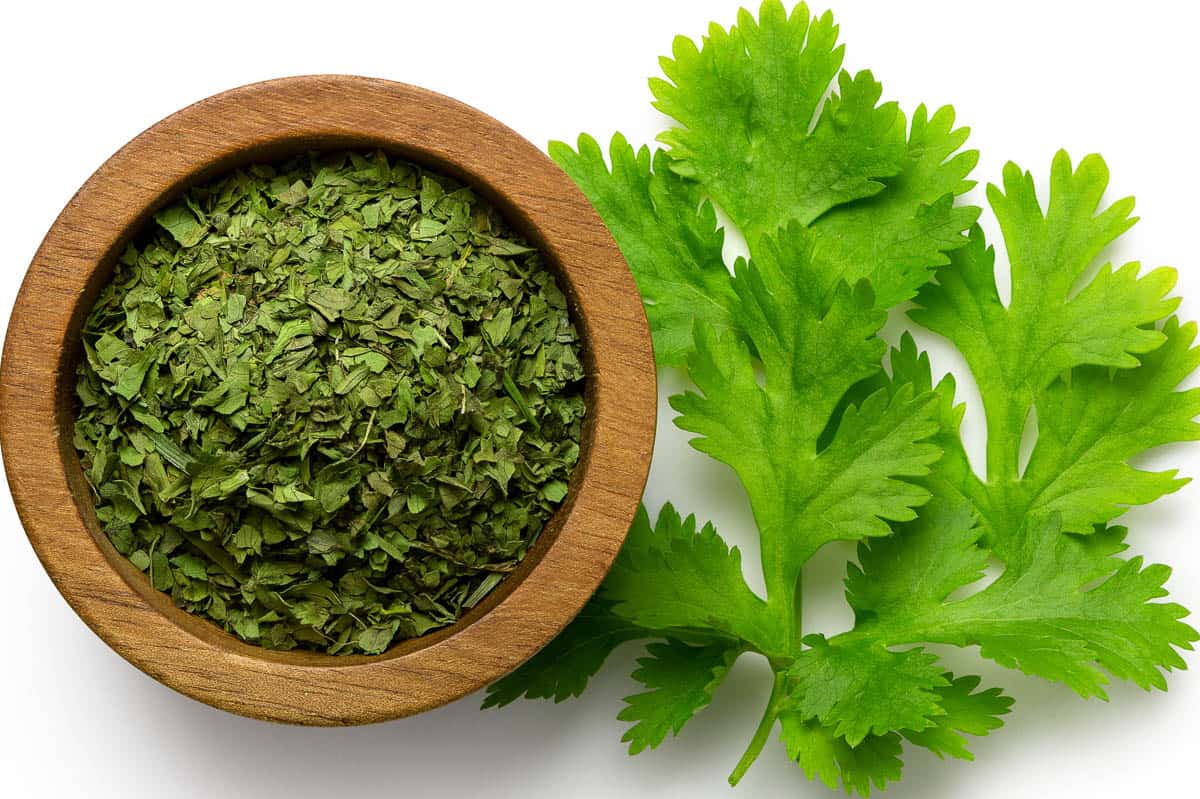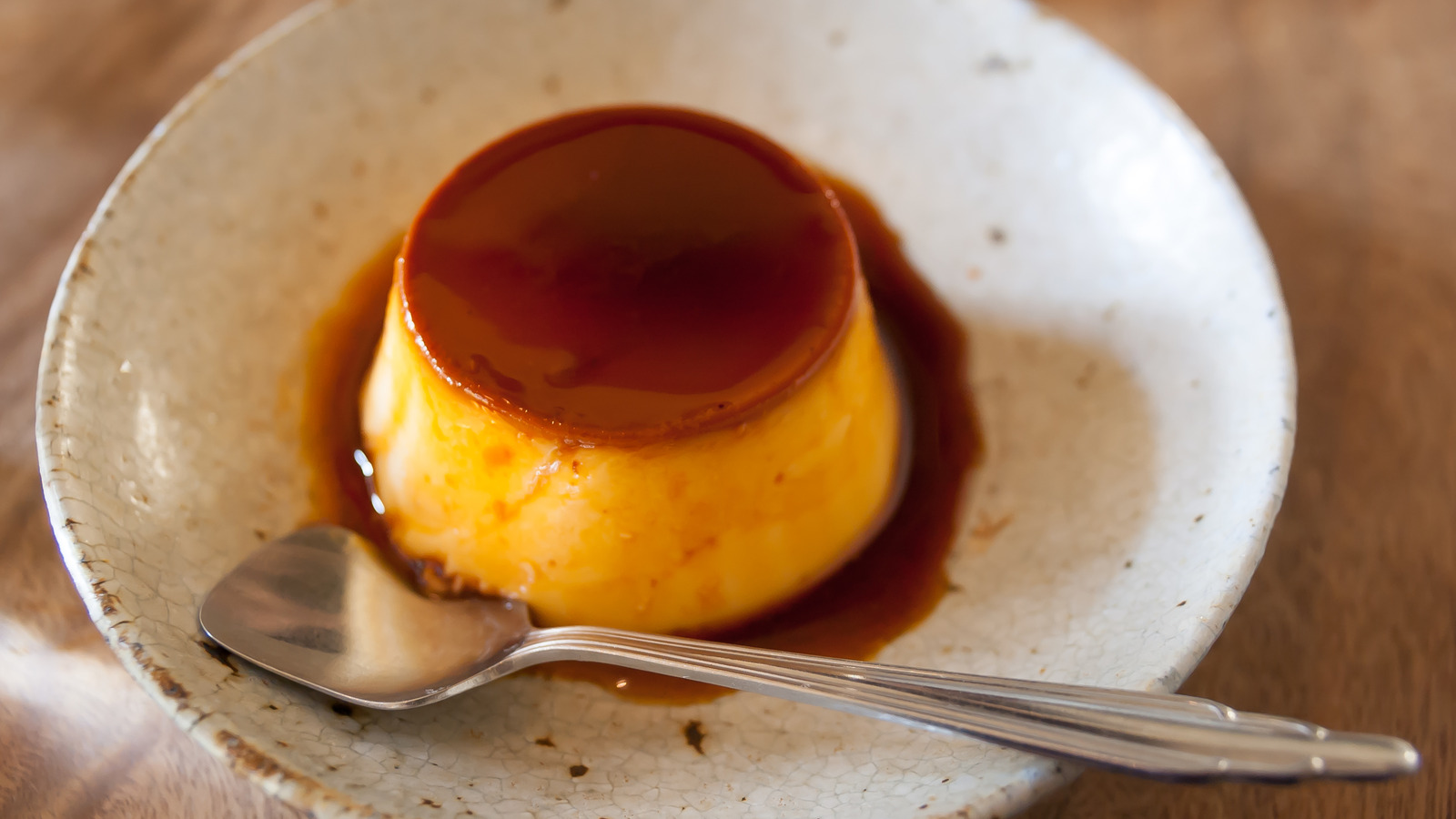Discovering the Delightful World of Cuban Bread
When it comes to iconic foods, Cuban bread holds a special place in the hearts of many. This traditional bread, with its crispy crust and soft interior, is a staple in Cuban cuisine and has gained popularity around the world. Let’s take a closer look at what makes Cuban bread so special and why it has become a beloved culinary treasure.
Origins and History
Cuban bread has a rich history that dates back to the 19th century when Cuban immigrants brought their culinary traditions to the United States. The bread was originally created to cater to the needs of Cuban cigar factory workers in Ybor City, Tampa, Florida. Over time, it has become an integral part of Cuban cuisine and is enjoyed by people of all backgrounds.
Key Ingredients and Characteristics
Cuban bread is known for its simple yet distinctive ingredients. The key components that give it its unique flavor and texture include:
- Flour
- Yeast
- Salt
- Sugar
- Water
What sets Cuban bread apart is its crust, which is achieved through a special baking process. The bread is typically long and cylindrical in shape, with a crisp crust and a light, airy interior. Its versatility makes it suitable for sandwiches, toast, or simply enjoyed on its own.
Traditional Uses
In Cuban cuisine, Cuban bread plays a central role in many classic dishes. One of the most famous applications is the Cuban sandwich, or “Cubano,” which features roasted pork, ham, Swiss cheese, pickles, and mustard, all layered between slices of Cuban bread. The bread’s ability to hold up to the savory fillings while maintaining its texture and flavor makes it the perfect choice for this beloved sandwich.
Aside from sandwiches, Cuban bread is also enjoyed as a side dish with meals, used for making garlic bread, or served alongside soups and stews. Its versatility and ability to complement a wide range of flavors have contributed to its enduring popularity.
Popularity and Global Influence
While Cuban bread has deep roots in Cuban and Cuban-American communities, its appeal has transcended cultural boundaries. Today, it is enjoyed by people from diverse backgrounds who appreciate its unique taste and texture. The influence of Cuban cuisine has also led to the widespread availability of Cuban bread in many parts of the world, further cementing its status as a beloved culinary delight.
Conclusion
From its humble origins to its widespread popularity, Cuban bread has earned its place as a cherished food item with a rich history and a bright future. Whether enjoyed in a classic Cuban sandwich or simply savored on its own, the unmistakable flavor and texture of Cuban bread continue to captivate food enthusiasts around the globe. Its ability to bring people together and evoke a sense of culinary nostalgia makes it a true culinary treasure.
So, the next time you bite into a slice of Cuban bread, take a moment to appreciate the tradition and craftsmanship that goes into creating this beloved culinary masterpiece.
